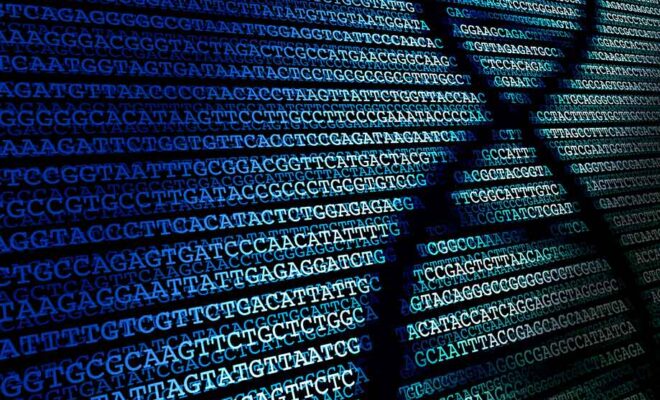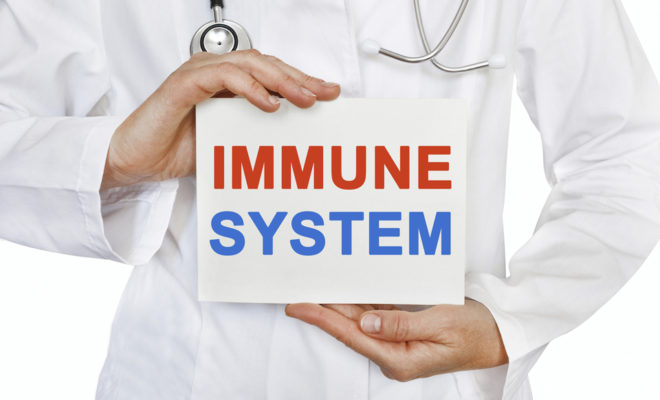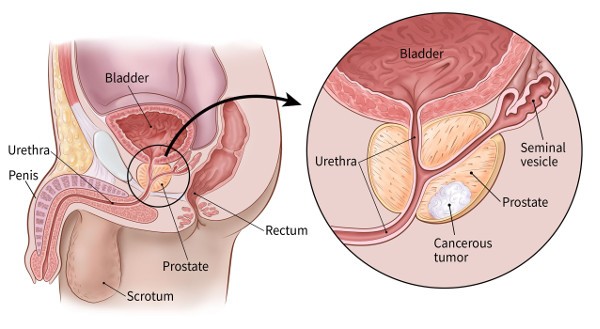Next Generation Sequencing is Helping Improve Targeted Gene Therapy for Melonoma Patients in China

Over the last few decades, it has become clear that the key to decoding the mysteries of cancer might be understanding DNA mutations better. Next generation sequencing is helping reveal therapeutic targets and biomarkers for separate forms of melanoma in the Chinese population.
What is Melanoma?
Melanoma is cancer that starts in the melanocytes, which are cells that provide color to the skin. When these cells begin to grow out of control, cancer forms on the skin, usually in the form of a mole-like cluster of pigmentation.
Studies related to next generation sequencing are looking specifically at three types of melanoma:
- Cutaneous – Directly related to exposure to UV rays from the sun
- Acral – Develops on the hands and feet
- Mucosal – Melanoma forms on mucosal surfaces such as the living body cavities and the respiratory and gastrointestinal tracts.
Cutaneous melanoma is responsible for 90% of all skin cancers. A less common type of melanoma affects the palms of the hands, soles of the feet, and under the nails. While acral melanoma is rare in Caucasians, it is more common in Chinese individuals.
A recent study published in Nature used next generation sequencing to identify elements of these melanomas to help develop better diagnostic and treatment options.
What is Next Generation Sequencing?
NGS is a unique technology that helps scientists determine the sequence of genes in specific DNA and RNA. It is a tool that allows them to better understand disease development, progression, and targeted treatment strategies.
The Study
This study published in June 2022 was a retrospective analysis of 81 Chinese melanoma patients. In this group, 41 had a diagnosis of cutaneous melanoma, 25 mucosal, and 15 acral. The goal was to use NGS with a multiple-gene panel to investigate and evaluate clinical correlations of gene status. This would allow them to exploit tumor-targeted NGS in a way that compares the different melanoma types in the Chinese people.
The researchers worked to define molecular subtypes based on a diver gene for mutations, specifically BRAF, RAS, and NF1. Driver genes are mutations that increase cell growth in microenvironmental conditions. In other words, these genes promote cell overgrowth in a lab environment. They are also the driving force behind creating personalized management options for the disease.
The researchers also include KIT mutations in the study. Kit proteins are in cell membranes and play a role in sending messages from the surface into the cell.
Study Findings
Using NGS, the scientists found 1114 mutations across 248 genes in the Chinese participants. The most frequent mutation was in BRAF, which falls in line with western populations. There were fewer NRA mutations, primarily in hotspots related to cutaneous melanoma. There were only two KIT mutations within this group of participants. Seventeen of the patients had no driver gene mutations.
The study shows a difference between melanomas in Asian patients and those in whites. Specifically, the scientists found that Asian patients were less prone to BRAF and KIT mutations than white patients. As a result, they are less likely to benefit from BRAF and c-KIT targeted therapies.
NGS allows researchers to understand better the main subtypes of melanoma in the Chinese population and what targeted treatments offer the best hope of a cure.






